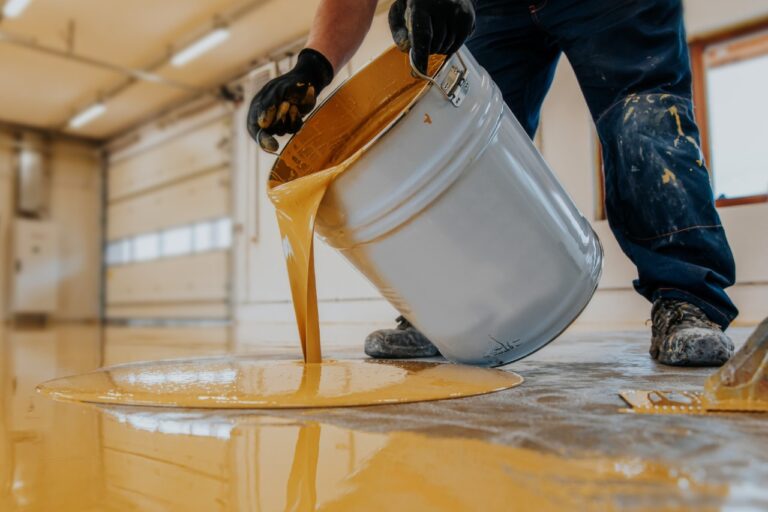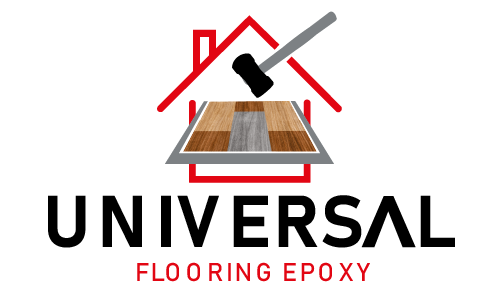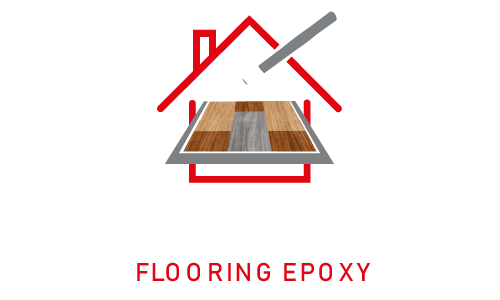
The Complete Guide to Epoxy Floor Coatings: What to Expect from Start to Finish
Epoxy floor coatings have become a popular solution for homeowners and businesses looking to upgrade their floors with a durable, easy-to-maintain finish. Known for their resilience, glossy appeal, and resistance to stains, spills, and scratches, epoxy floors are often found in garages, kitchens, commercial spaces, and even outdoor areas. If you’re considering epoxy flooring, it helps to know what to expect from start to finish, so let’s explore each step in the process to make sure you’re prepared.
1. Planning and Preparation: Setting the Stage for Success
The first step in any epoxy flooring project is planning and preparation. A successful epoxy coating requires a clean, smooth, and structurally sound surface, so the preparation process is crucial. If there are any cracks or holes in the concrete, they need to be repaired. Grinding or shot blasting may also be required to roughen the surface and help the epoxy bond effectively. This step helps ensure that the epoxy coating will adhere well and last for years.
Additionally, moisture testing is often necessary, especially for basements or garage floors, as excess moisture can cause the epoxy to lift or bubble. Once the surface is prepared, it’s also important to clear the area of any belongings, as the process will require full access to the floor for several days. A professional installer will help guide you through the specifics of preparation, but having a clear idea of the process and timeline will help manage expectations and avoid delays.
2. Applying the Epoxy: Layers, Colors, and Curing
Once the floor is prepared, the epoxy application process begins. Epoxy flooring typically requires multiple layers, starting with a primer coat. The primer, which is applied directly to the prepped floor, works to seal the concrete and promote stronger adhesion of the subsequent epoxy layers. After the primer dries, a base coat is applied, which sets the foundation for the color and texture of the final product. The base coat can be customized with various colors, finishes, or even metallic additives for a unique look.
For those who want added texture or a decorative finish, color flakes or quartz can be broadcast onto the wet epoxy. This not only adds aesthetic appeal but also enhances slip resistance. Once the base coat is complete, a final clear topcoat is applied to seal everything in and add an extra layer of durability. This topcoat is key to achieving a high-gloss, scratch-resistant finish that makes epoxy floors stand out. Each layer requires time to cure before the next can be applied, so patience is essential during this phase to avoid imperfections and ensure the strongest possible bond.
Curing and Maintenance: Ensuring Long-Lasting Results
Essential Curing Process
After application, epoxy floors require several days to cure fully, ensuring a strong, glossy finish that resists wear and tear.
Low Maintenance for Easy Upkeep
Epoxy floors need minimal maintenance; regular sweeping and mild cleaning keep them spotless, and they resist stains for hassle-free cleanup.
Long-Lasting Durability
With protective measures, such as pads under furniture, epoxy floors maintain their beautiful appearance and durability for years, making them a wise investment.
Epoxy floor coatings offer a transformative, long-lasting solution for anyone looking to upgrade their flooring with a stylish and resilient finish.
With proper installation and care, epoxy floors can enhance both residential and commercial spaces by providing a clean, modern look that’s easy to maintain. By understanding the process from start to finish, you can make an informed decision and enjoy the benefits of a beautiful, functional epoxy floor for years to come.
Services
- Epoxy
- Hardwood
- Laminate
- Vinyl
- Tile
- Interior & Exterior Painting
Information
Richmond, VA
info@universalflooringepoxy.com
(804) 857-8856

